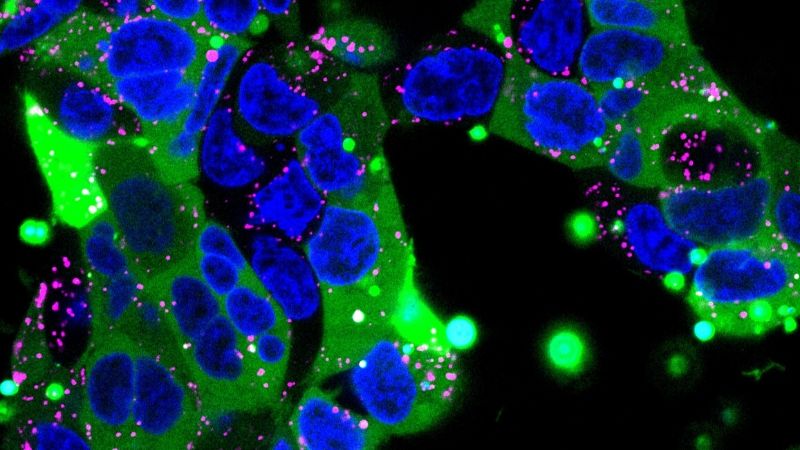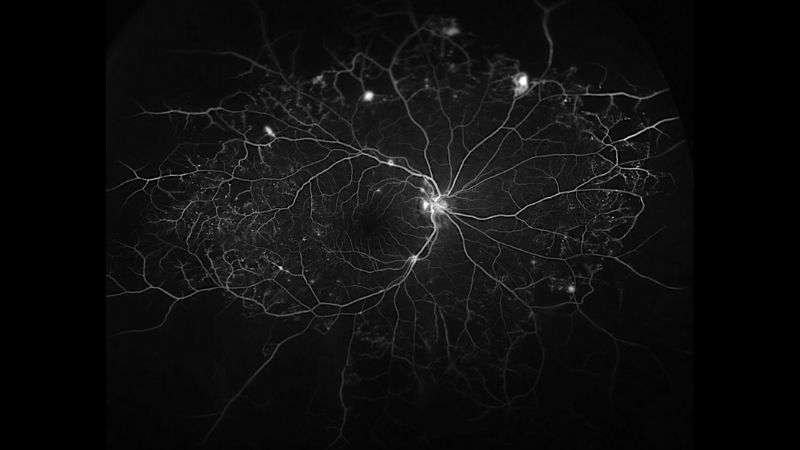Little Size Holds Big Impact: Johns Hopkins Scientists Develop Nanocontainer to Ship Titan-Size Gene Therapies and Drugs into Cells

Squeeze the Titanic into a tugboat. That’s what it’s like to get a titan-size medicine into a nanosize container that can slip inside cells. The nanoparticles can deliver protein-based medicines and gene therapies of any size. Their creation could lead to a more efficient way to deliver medical compounds into targeted cells.
Researchers at Johns Hopkins Medicine have successfully used a laser-assisted imaging tool to “see” what happens in brain cells of mice learning to reach out and grab a pellet of food. Their experiments, they say, add to evidence that such motor-based learning can occur in multiple areas of the brain, even ones not typically associated with motor control.
Helper Protein Worsens Diabetic Eye Disease

In a recent study using mice, lab-grown human retinal cells and patient samples, Johns Hopkins Medicine scientists say they found evidence of a new pathway that may contribute to degeneration of the light-sensitive tissue at the back of the eye. The findings, they conclude, bring scientists a step closer to developing new drugs for a central vision-destroying complication of diabetes that affects an estimated 750,000 Americans.

